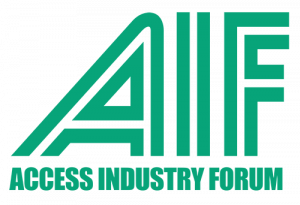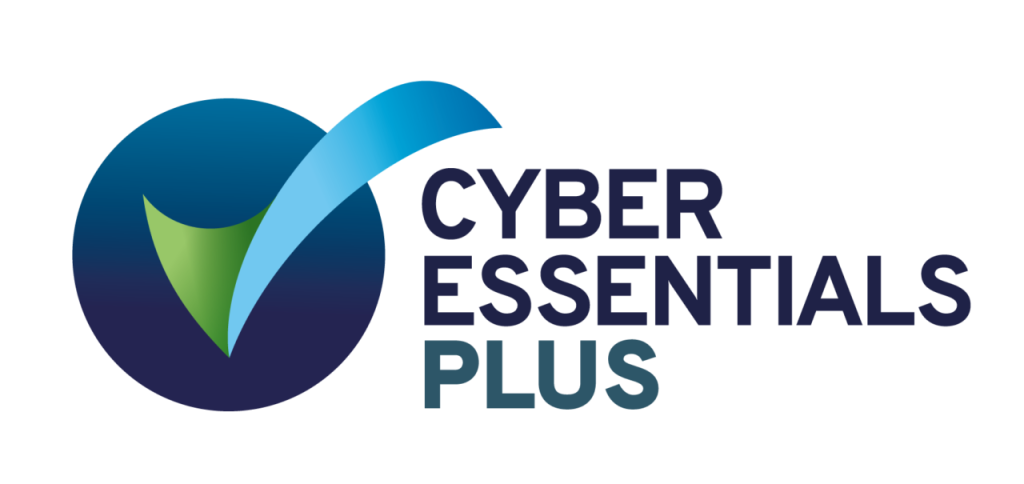The Access Industry Forum (AIF), the forum for eleven of the leading trade associations and federations involved in height safety, recently held its first national conference entitled Implementing change and innovation in work at height. Attended by more than 120 delegates, it focused on the topics and issues set to shape the future of the work at height sector.
With falls from height still the single biggest cause of fatalities and injuries in the workplace, a panel discussion addressed the need to get ‘falls from height reporting right’ and the contribution that the constituent organisations of the Forum could make to that process.
The panel comprised Peter Bennett, managing director of PASMA and executive director of the Ladder Association; Chris Wraith, technical and safety officer, IPAF; and Tony Seddon, company secretary, FASET.
The panel gave a brief overview of the existing system and its limitations, in particular, the systematic absence of structured and sufficiently detailed information to identify the root cause of an incident.
It was often impossible to arrive at a complete understanding of the nature and circumstances of a fall from the information provided. For example, was access equipment involved? If so, what type? Did that equipment, or its misuse, play a part in the incident? Indeed, was it the correct piece of equipment to be using in the first place? Against this background the panel discussed the following:
First: The advantages of a more comprehensive and meaningful reporting system to better inform equipment design, guidance and training going forward;
Second: The case for recognising the experience and expertise of industry organisations such as the Forum and others, when evaluating and assessing falls from height and proposing recommendations;
Third: The need for industry and trade and professional bodies to act in tandem as a catalyst for change.
Finally, the panel discussed the benefit of developing a standard approach to the generation and circulation of safety alerts in the work at height industry. In particular, it made reference to the protocol proposed by the Strategic Plant Forum MEWP Safety Group which defines a safety alert as ‘A communication distributed, following an incident, to share known facts and learning – during or following an investigation – where others may benefit from distribution of the learning experience.
The intention is to provide clear, concise guidance and a template to those considering issuing a safety alert following an incident, and to those considering forwarding a safety alert that they may have received themselves to others.
In this way it is hoped to avoid the circulation of factually incorrect, misleading or poorly written information contained in a safety alert that can, and often does, repeatedly cause unnecessary confusion.
The protocol could easily be extended to and shared with other sectors and could become the template for the wider work at height industry.












